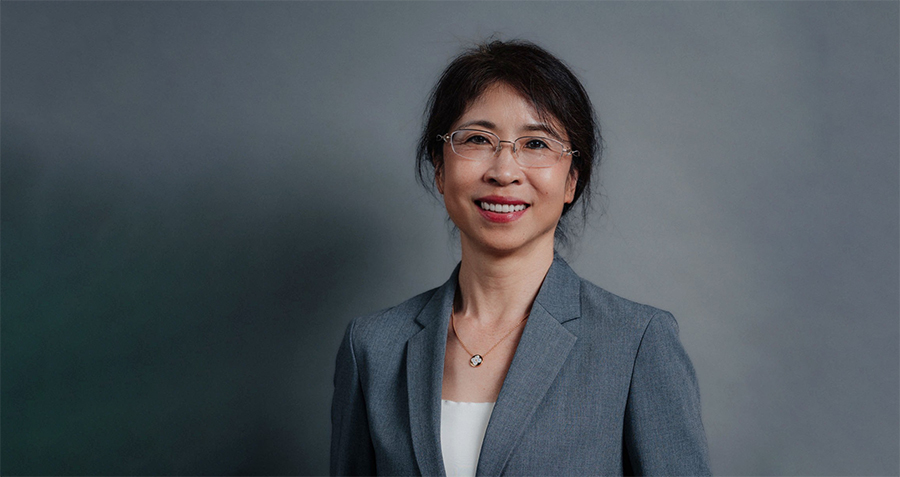China introduced its new Charity Law in 2016 as part of a comprehensive framework to revamp its social sector; a year later, the law was followed by stringent registration and reporting requirements for all foreign non-governmental organizations (NGOs) operating in China. These rapid changes to China’s philanthropic sector brought both opportunities and challenges for local and international NGOs and put pressure on the whole sector to strengthen operational capabilities to increase transparency and accountability. Meanwhile, donors have been increasingly asking for measurable impact outcomes and are driving NGOs to look to innovation and technology for this purpose. The global expansion of Chinese corporations is also fueling a greater need for Chinese NGOs to expand their activities into other countries.

In 2008, the Wenchuan earthquake killed 69,000 people and injured 370,000, marking an important starting point in the development of China’s grassroots NGO sector. Some of China’s leading private foundations, including the Narada, Jet Li One, and Youcheng Foundations, recently celebrated or are now celebrating their thirteenth anniversary. During this 13-year period, the sector has rapidly grown, with the number of private foundations now exceeding 6,300. The total donations for 2018 and 2019 were RMB 127 billion (roughly USD $19.8 billion) and RMB 133 billion (roughly USD $2.8 billion), respectively.
In 2019, the total number of social organizations in China was 867,000, including 372,000 social groups, 487,000 private non-enterprise entities and 7,580 foundations, representing respective increases of 1.64%, 9.68%, and 7.76% compared to 2018. From September 1, 2016, to August 31, 2019, a total of 5,511 charitable organizations were legally registered and certified by the Ministry of Civil Affairs nationwide. Among them, 1,260 have successfully obtained the qualification certificate for fundraising from the public. On the government-approved platform for fundraising filing, 12,641 programs from 673 charitable organizations conducted filing for public fundraising information disclosure. There were 273 charitable trusts filed, and the value of trust property was RMB 2.9 billion (roughly USD $454 million). In 2019, 524 overseas nongovernmental organizations’ representative offices were registered to conduct activities in China, and 2,441 temporary activities were recorded.
The Chinese Ministry of Civil Affairs has approved twenty licenses to encourage online giving, and incredible growth has occurred. In 2016, the total funds raised online increased by 47% from 2015 to RMB 1.98 billion (roughly USD $310 million). This reflected a 52% growth in donors, from 3 billion in 2015 to 4.6 billion donations in 2016. Tencent Foundation, the charitable arm of China’s leading social media platform, initiated a new three-day 99 Charity Festival in September 2015. During this annual festival, Tencent leveraged its nearly 1 billion registered WeChat users and matched funds donated to NGOs. In 2019, Tencent Foundation raised RMB 1.78 billion (roughly USD $278 million) through 48 million donations.
China’s philanthropic sector has also been quick to introduce innovative products to engage and attract the fast-growing sector of high-net-worth individuals via its own version of donor-advised funds (DAF). Wealth management companies are actively seeking to cross over and tap into the philanthropic industry. Meanwhile, Chinese foundations are actively learning from the experiences of their US counterparts, and some are already in the process of launching their own versions of DAF (although there is no Chinese law permitting DAF structures just yet). The total donations from the top 100 Chinese privately owned companies, individuals, and families for 2018 and 2019 were RMB 25.6 billion (roughly USD $4 billion) and RMB 159 billion (roughly USD $24 billion), respectively.

Since 2019, the concept of using science and technology for good has continued to spread rapidly, and it will be more widely integrated into the values and development strategies of large, domestic, high-tech enterprises. More and more charitable organizations and social innovation projects have begun to focus on how to exercise the power of science and technology to effectively solve social problems. On the one hand, the combination of technology and philanthropy unblocked new channels through which high-tech enterprises could participate in philanthropy and impact investment and enhance the application value of their high tech; on the other hand, it also promotes the high-quality development of China’s philanthropy. Governance innovation provides strong technical support. In 2019, China had 449.28 million fixed Internet broadband access users, an increase of 41.9 million over the end of the previous year, and mobile Internet user access traffic was 122 billion GB, an increase of 71.6% over the previous year. In the whole year, the software and information technology service industry achieved software business revenue of 7,176.8 billion yuan, an increase of 15.4% over the previous year. In 2019, China realized the precommercial use of 5G for the fifth generation of mobile communications. The continuous improvement of Internet infrastructure and coverage provides a basic guarantee for a role for science and technology in China’s philanthropy sector.
The launch of the Charity Law in 2018 was originally intended to develop philanthropy with the theme of private charity organizations, but it encountered many difficulties in subsequent practice. What actually happened in 2019 was the socialization and re-emergence of government-run philanthropy, and governance gradually absorbed charity, letting charity serve the overall situation of the entire national governance system. At the same time, with the rise of commercial philanthropy, a new trend has emerged for companies to participate directly in philanthropy, and the trend has increasingly demonstrated the advantages of resources, manpower, and technology. Corporate foundations have become an important platform for China’s philanthropy. Looking to the future, we can see that in the national governance system, China’s philanthropy will inevitably generate diverse discourses and practices in response to the requirements of government, business, and society.
By Jiakai Yuan
Yuan Jiakai is the Vice President and China Chief Representative of United Way Worldwide. Jiakai has devoted over a decade of his professional life to civil society work in China.




















